The Most Common Classification of Storage Tanks: Atmospheric Tanks, Low-Pressure, and Pressure Vessels.
Why Tanks are Vented?
The need for venting
- Tank Protection during normal operation
- Tank Protection against overpressure due to a fire near the tank or other abnormal upset conditions
- Comply with Legal Requirements
- Implementation of Advisory Organization Recommendations
- Meet Environmental Regulations
- Minimize Loss of Stored Products
- Follow Corporate Safety Standards
Why would a customer need an Emergency Vent?
- Provides emergency pressure relief in case of a storage tank fire or other abnormal pressure conditions
- As storage tank contents rise in temperature, the emergency vent allows for the required venting capacity, preventing tank rupture
- Prevents tank from rupturing due to overpressure
- Operates when relief capacity exceeds normal vent capacity
- Available in pressure/vacuum and pressure-only configurations
- Larger sizes permit access to the tank
- Wide variety of materials available
Codes and Standards for Tank Venting
- As per OSHA 29CFR1910.106 Tanks Storing: Class IA Liquids shall be equipped with a venting device; Class IB & IC Liquids shall be equipped with a venting device or with an approved flame arrester; Every above-ground storage tank shall have some form of construction or device that will relieve excessive internal pressure caused by fire
- Atmospheric & Low-Pressure Tanks – the normal operating pressure shall not exceed the design pressure.
- Low-Pressure Tanks can be used as an Atmospheric Tank
- Atmospheric Tanks – API 650
- Low-Pressure Tanks – API 620
- Normal vent sizing shall be in accordance with API 2000 or other accepted standard
- Vents 2” thru 12” size must be flow tested
- Vents > 12” in size – flow may be calculated using a flow coefficient of 0.5
- API 2000 – Venting Atmospheric and Low-Pressure Storage Tanks
The circumstances that must be considered for calculating the overpressure or vacuum in a tank are:
- Liquid Movement into and out of the tank
- Tank breathing due to weather changes
- Fire Exposure-Emergency vent
- Other circumstances resulting from equipment failures and operating errors
Calculating Venting Requirements
- OSHA 1910.106 states “Normal Venting” shall be sized in accordance with API 2000, Venting Atmospheric and Low-Pressure Storage Tanks
- Emergency Venting requirements are given in OSHA 1910.106 but are exactly the same as API 2000
API 2000 states that we need to consider, as a minimum:
- Liquid Movement Into or Out of a Tank
- Weather Changes
- Fire Exposure
- Operating Errors and Equipment Failures
Other forms of Emergency Venting
Emergency Venting requirements may take the form of a floating roof, lifter roof, weak roof-to-shell seam, or other approved pressure-relieving construction.
For a tank roof to be frangible one of the requirements is the tank diameter must be 50 ft. or greater.
Venting of Atmospheric Storage Tanks:
- Tanks Designed to operate at pressures from atmospheric through 0.5 psig
- Tanks shall be built in accordance with acceptable good standards of design API 650
- Protected against excess internal pressure or vacuum from exceeding the tank design pressure or vacuum
- Shall have some form of construction or device that will relieve excessive internal pressure caused by fire exposure at or below the design pressure.
Venting of API 620 Low-Pressure Storage Tanks:
- Designed to operate at internal pressures above 0.5 psig but not more than 15 psig
- Should be built in accordance with acceptable standards of design API 620
- Shall have some form of construction or device that will relieve excessive internal pressure caused by exposure fires. Shall be vented to prevent the internal pressure from exceeding the design pressure of the tank plus 20%.
Types of Emergency Vents
- Direct-Acting Vents
- weight-load vents
- spring-loaded vents
- Pilot Operated Vents
Characteristics of Weight-Loaded Vents
- The setpoint is determined by the total pallet weight
- Flow at SetPoint is Zero
- Overpressure is needed to Open Vents
- Vents have a maximum possible setting
- Flow curves or charts are used to represent the flow characteristics of a particular size, configuration, and setpoint of a vent
Characteristics of A Pilot Operated Vent Valve (POVV)
- Setpoint is determined by adjusting the pilot set screw
- Flow at SetPoint is Zero
- The valve is almost bubble-tight up to the set pressure
- The valve is fully open at 10% Overpressure
- Vents have a maximum possible setting of 14.0 PSIG
- Flow curves or charts are used to represent the flow characteristics of a particular size, configuration, and setpoint of a vent
Vent Setting
- The Minimum Setting is Pallet with no Loading Weights
- The maximum setting is limited by the number of weights without restricting lift on the Top Guided 3400 & 3800 Model.
- Weights are usually made of Lead, Carbon Steel, Stainless Steel, FRP Encapsulated
- Weights can add considerable weight to vent
The Set Point of a Weight-Loaded Vent
SetPoint = Total Pallet Assembly Weight/Seat Area
For Example: If the total weight of the pallet assembly = 10.945 lbs; The set area of the vent = 21.89 in2; Then the set point would = 10.945 lbs / 21.89 in2 = 0.5 PSIG = 8.0 Oz/In2 = 13.84” WC
Procedure for Selection of Vent (Using Flow Curves)
- Decide on which model of vent will be used and obtain the flow curves for all sizes of that model available
- Top Guided or Bottom Guided
- Calculate the vent flow (SCFH) required in the application, considering tank size.
- If you do not have a specific set point and only have the Tank Design Pressure and the required flow. Start with the smallest size, and look at the flow at the tank design pressure. If it is less than the required flow calculated or given, go to the next size larger. Continue to do this until you reach a size that will meet or exceed the flow requirement. This is the size vent to use.
- After picking the proper size, choose a setpoint such that the entire required relieving capacity is met exactly at the allowable overpressure
Various Vent Configurations
- PRESSURE ONLY VENT TO ATM: Bottom Guided Manhole Cover, Hinged Style, 16” thru 24”
- PRESSURE ONLY VENT TO ATM: Top Guided, 2” Thru 24”
- COMBINATION PRESSURE & VACUUM VENT TO ATM – Bottom Guided Manhole Cover, 16” thru 24”
- PRESSURE ONLY VENT WITH PIPE-AWAY: Top Guided for Venting to a safe distance, 2” Thru 12”
- COMBINATION PRESSURE & VACUUM VENT WITH PIPE-AWAY: Top Guided for Venting to a safe distance, 2” Thru 12”
- COMBINATION PRESSURE & VACUUM VENT TO ATM: 2” Thru 12”
Emergency Vent: Manhole Cover
- Applications: Petroleum, Petrochemical, Chemical, Pharmaceutical, Food and Beverage, Water and wastewater, Pulp & paper
- Benefits: Relieves emergency flow due to excessive venting requirement from a fire burning around a storage tank; High Flow Capabilities; Easy installation and convenient handling for inspection; Tank examination requires no gasket replacement or unbolting; Low base for overflow
- Sizes: 16”, 20”, 24” diameter manholes for tank inspection
Emergency Vent: Top Guided & Self-Reseating Type
- Applications: Petroleum, Petrochemical, Chemical, Pharmaceutical, Food and Beverage, Water and wastewater, Pulp & paper
- Benefits: Relieves emergency flow due to excessive venting requirement from a fire burning around a storage tank; High Flow Capabilities; Easy installation and convenient handling for inspection; Tank examination requires removal of weather hood and pallet
- Sizes: 2” thru 24” diameter
Emergency Vent: Manhole Cover (Hinged)
- Applications: Petroleum, Petrochemical, Chemical, Pharmaceutical
- Benefits: Relieves emergency flow due to excessive venting requirement from a fire burning around a storage tank; Easy installation and handling for inspection; No gasket replacement or unbolting is necessary, eliminating the expensive manpower needed to put conventional emergency vents back in operation; Pallet construction permits a wide variety of pressure settings; A flexible diaphragm affords a tight seal between the pallet and the corrosion-resistant seat below set pressure. This also assures low leakage. The diaphragm is intended for normal ambient temperature storage.
- Sizes: 16”, 20”, 24”
- Hinged Cover
Spring Loaded Emergency Vent
- Applications: Petroleum, Petrochemical, Chemical, Pharmaceutical, Food and Beverage, Water and wastewater, pulp & paper, Natural gas industry
- Benefits: Spring Loaded Emergency Relief for Higher Design Pressures; Simple, yet Rugged Design; Superior Flow Characteristics; 1 to 15 PSI Settings
- Sizes 16”, 20” and 24”
Emergency Vent and Manhole Cover (Pressure and Vacuum)
- Applications: Petroleum, Petrochemical, Chemical, Pharmaceutical, Food and Beverage, Water and wastewater, pulp & paper.
- Benefits: Versatile design incorporates pressure and vacuum relief; Reduced maintenance costs; No need to unbolt vent for gasket replacement or tank examination; Unique “self-energizing” diaphragm construction assures tight seal between pallets and seats; 20” diameter manhole for tank inspection; Low base for overflow
Information Required for calculating the emergency Venting Requirement
- Type of Tank: Horizontal, Vertical, Sphere, Etc.
- API 650, 620, or other
- Tank Dimensions
- Design Pressure
- Relieving Temperature
- Operating Pressure & Relief Vent Setting
- Product to be Stored
- MW & latent Heat of Vaporization if sizing for the actual product
- Determine the total wetted surface area of the tank (π x D x Ht.)
- See API 2000, Table 3A for the required Emergency Venting for Fire Exposure vs. Wetted Surface Area based on Hexane
- For Vertical Tanks: The wetted surface area is equal to the total surface area of the vertical shell to a height of 30 feet above grade. If the vertical tank is sitting on the ground, the area of the ground plate is not included. If it’s supported above grade, then the bottom plate is to be included as an additional wetted surface area.
- For Horizontal Tanks: The wetted surface area is equal to 75% of the total surface area or the surface area to a height of 30 feet above grade, whichever is greater.
- For Sphere and Spheroids: The wetted surface area is equal to 55% of the total surface area or the surface area to a height of 30 feet above grade, whichever is greater
- API Allows taking Credit for other Vents on the same Storage Tanks by subtracting the maximum available flow of the Conservation Vent from the Emergency Vents Required Flow
- API method used to calculate the emergency venting requirement is based on a product that has the characteristics of Hexane
- Most of the time this is adequate but there are some cases where this method will underestimate the emergency venting requirements.

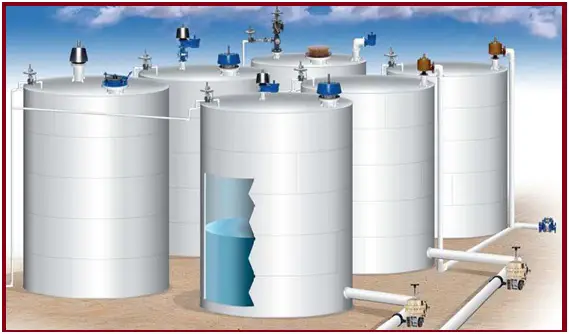

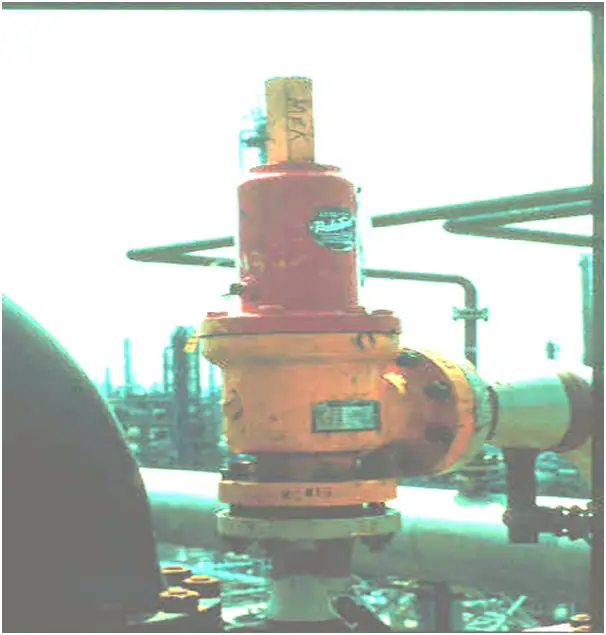
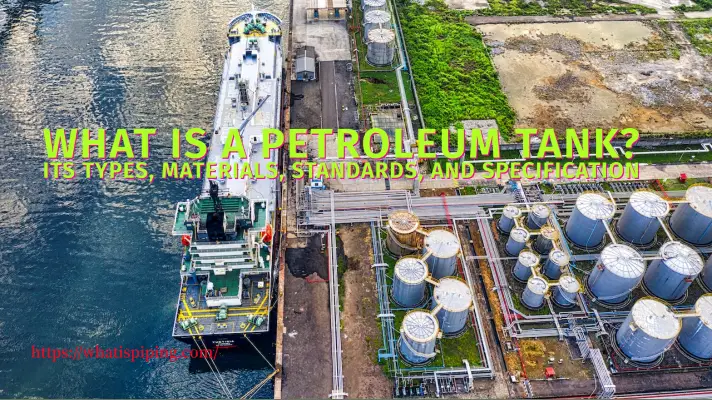
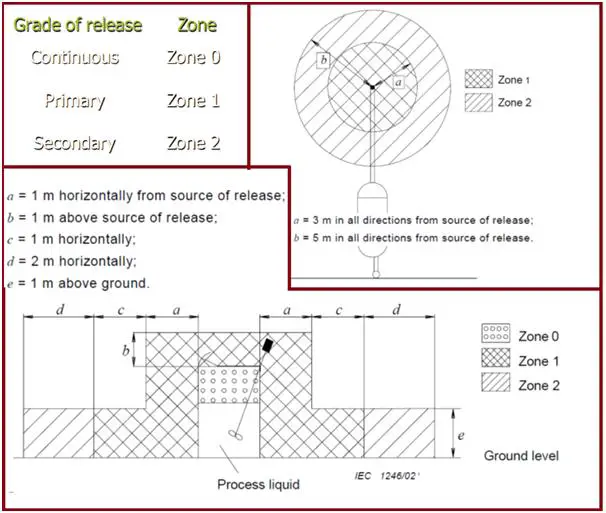
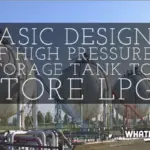

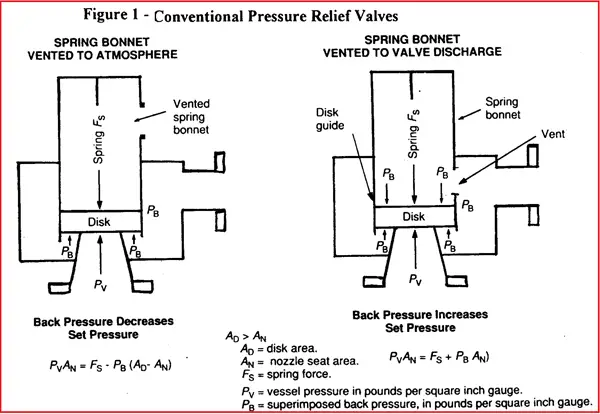
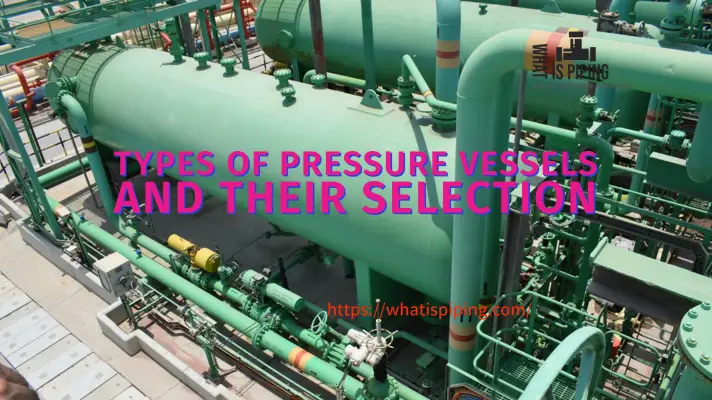
Thanks so much
Is it acceptable to have reducer at the emergency vent inlet? Can my tank nozzle size be higher than the emergency hatch? Does API 2000 allow such an arrangement?
Appreciate you tying it all together neatly! Well done Anup!
I needed this pdf